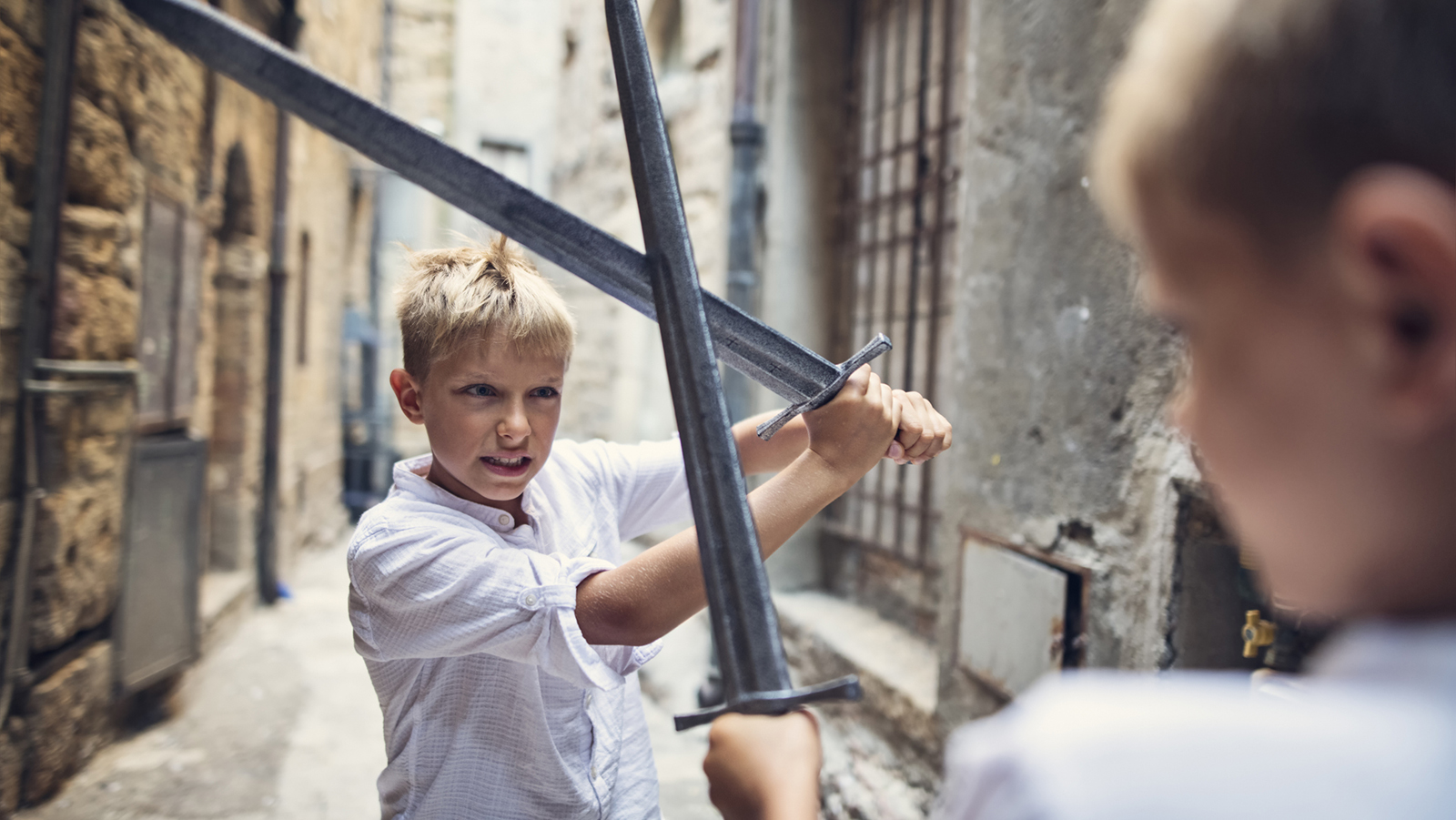Now Reading: 10 Sword Types and Their Unique Uses
-
01
10 Sword Types and Their Unique Uses
10 Sword Types and Their Unique Uses

Quick Summary
- Overview: Swords have ancient importance as tools of war, status symbols, and ceremonial items, showcasing combat styles and technological evolution across cultures.
- Arming Sword:
– Single-handed medieval sword (1000-1350 C.E.) with a straight, double-edged blade (~70-80 cm).
– Typically used with shields for close combat.
- Longsword (European):
– Popular in late medieval to early Renaissance periods.
– Two-handed versatile weapon for thrusting/slashing in duels or battlefield use.
- Katana:
– Curved Japanese sword used by samurai during feudal Japan.
– Symbolizes honor and martial discipline; excels in precise striking.
- Roman Gladius:
– Short Roman legionary sword (~60 cm) for thrusting in tight formations.
– Compact design suited for disciplined ranks.
- Jian:
– Chinese straight,double-edged sword known as the “gentleman of weapons.”
– Lightweight, balanced blade used in martial arts for slashing/thrusting.
- Scimitar:
– Middle Eastern curved sword designed for powerful slashes from horseback.
- Rapier:
– 16th-century thrust-oriented civilian/self-defense weapon with long slender blade and protective hilt.
- Saber:
– Slightly curved cavalry weapon effective for military/ceremonial use combining slashing/thrusting capabilities (18th-19th century).
- Ulfberht Sword:
High-quality steel swords inscribed “Ulfberht,” symbolizing craftsmanship/power during the 9th-11th centuries C.E era
10 Ceremonies+=Apirnsmans signif-chair
—-
##Analysis























